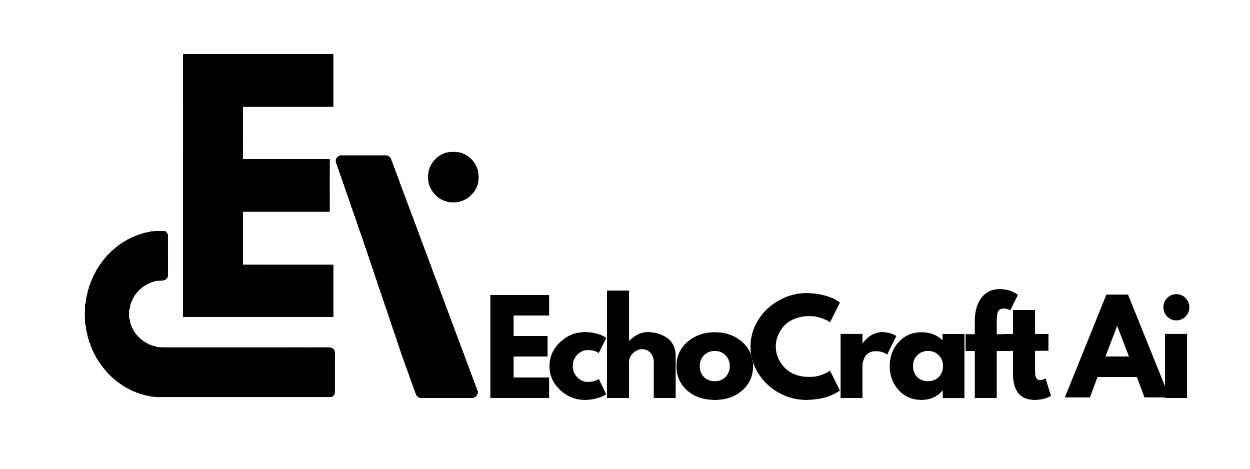Meta’s recently announced Frontier AI Framework and its decision to halt data training in the European Union (EU) reveal a strategic shift toward cautious AI development. Beneath these moves, however, lie unresolved tensions between innovation, risk mitigation, and regulatory compliance.
Risk Classifications
Meta categorizes AI risks into two tiers:
- High Risk: Systems that might assist in cybersecurity breaches or biological attacks, though with limited reliability.
- Critical Risk: Systems with potentially catastrophic consequences that cannot be mitigated under current conditions.
The framework faces criticism for its vague definitions and potential accountability gaps:
- Definitional Vagueness: How does Meta define “limited reliability” for high-risk systems? What criteria measure “catastrophic consequences”? The absence of clear metrics could lead to arbitrary assessments.
- Review Process: Meta’s reliance on “internal and external researchers” raises questions about impartiality. Are independent third-party experts, such as ethicists or cybersecurity specialists, involved, or does oversight remain siloed within Meta?
These classifications seem loosely aligned with the EU AI Act’s risk categories but lack specifics such as prohibited practices (e.g., social scoring), creating room for subjective interpretations favoring corporate interests.
Security Claims vs. Track Record
Meta’s strategy to restrict access to high-risk systems and halt the development of critical-risk models hinges on untested safeguards:
- Security Concerns: Despite promises to secure these systems, Meta’s past data breaches (e.g., the 2021 incident affecting 533 million users) cast doubt on its ability to prevent unauthorized access.
- Legacy Risks: Existing models like Llama remain widely available. How does Meta plan to address the misuse of earlier models already exploited by adversaries?
The Llama Paradox
Llama’s widespread adoption, with millions of downloads, showcases its popularity—but its misuse by a U.S. adversary highlights systemic vulnerabilities:
- Open-Source Dilemma: Meta’s strategy differs from OpenAI’s controlled API approach, resembling DeepSeek’s open distribution model. However, unlike DeepSeek, Meta operates in heavily regulated markets, making it more vulnerable to legal consequences.
- Balancing Act: Meta’s framework lacks technical safeguards (such as watermarking) to deter the malicious repurposing of its AI models.
EU Data Pause
Meta’s decision to pause AI training using public data from Facebook and Instagram users in the EU and European Economic Area (EEA) highlights the ongoing friction between privacy compliance and AI ambitions:
- Data Constraints: Blocking access to public EU content, including posts and images dating back to 2007, may hinder the model’s ability to understand regional dialects and cultural trends. Meta’s arguments omit alternatives like synthetic or licensed datasets.
- Opt-Out Burden: Requiring users to submit detailed objection forms by June 26, 2024, shifts the responsibility onto individuals, placing non-tech-savvy populations at a disadvantage. While private profiles and minors are excluded, public posts from teens remain vulnerable.
Regulatory Implications
NOYB’s challenge against Meta’s data practices echoes past rulings, such as the 2023 decision against Google’s adtech operations. Meta could face fines of up to 4% of global revenue for GDPR violations.
Competitor Comparisons
- OpenAI: Controlled API access minimizes misuse but centralizes power, stifling grassroots innovation.
- DeepSeek: The Chinese firm’s lax safeguards and poor content filtering contrast sharply with Meta’s regulatory hurdles, revealing a fragmented global regulatory environment.
Meta’s Regulatory Maneuvering
Meta’s collaboration with the Irish Data Protection Commission (DPC) and UK Information Commissioner’s Office (ICO) signals an attempt to manage regulatory fallout:
- Trust Deficit: Meta’s history of regulatory fines, including a €390M penalty in 2022 for forced consent practices, underscores persistent tensions.
- Strategic Delay: The pause may serve as a tactical move, buying time to influence the implementation of AI regulations under the EU AI Act set for 2025.
Persistent Gaps in Meta’s Approach
While Meta’s framework signals acknowledgment of growing industry pressure, several critical issues remain unresolved:
- Clear, transparent risk metrics and third-party audits.
- Retroactive safeguards for models like Llama.
- Ethical data sourcing beyond user opt-outs.
Without addressing these gaps, Meta’s “cautious” approach risks being perceived as a reactive PR strategy amid mounting regulatory challenges rather than a genuine commitment to responsible AI development.

